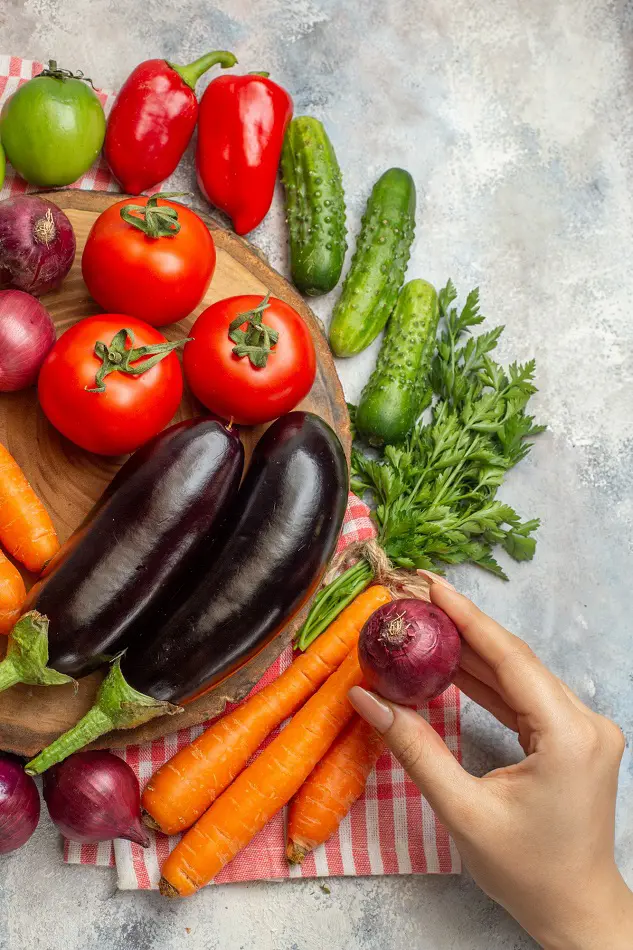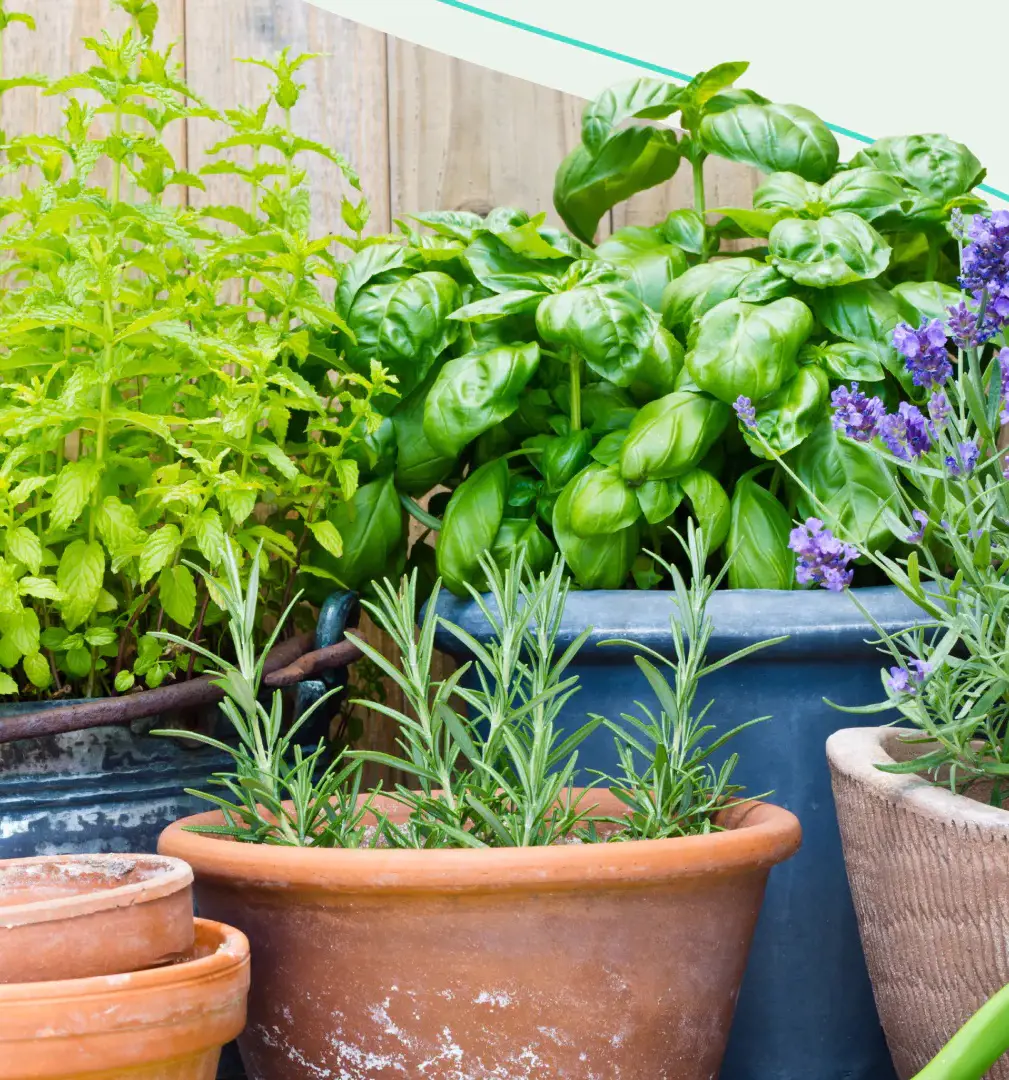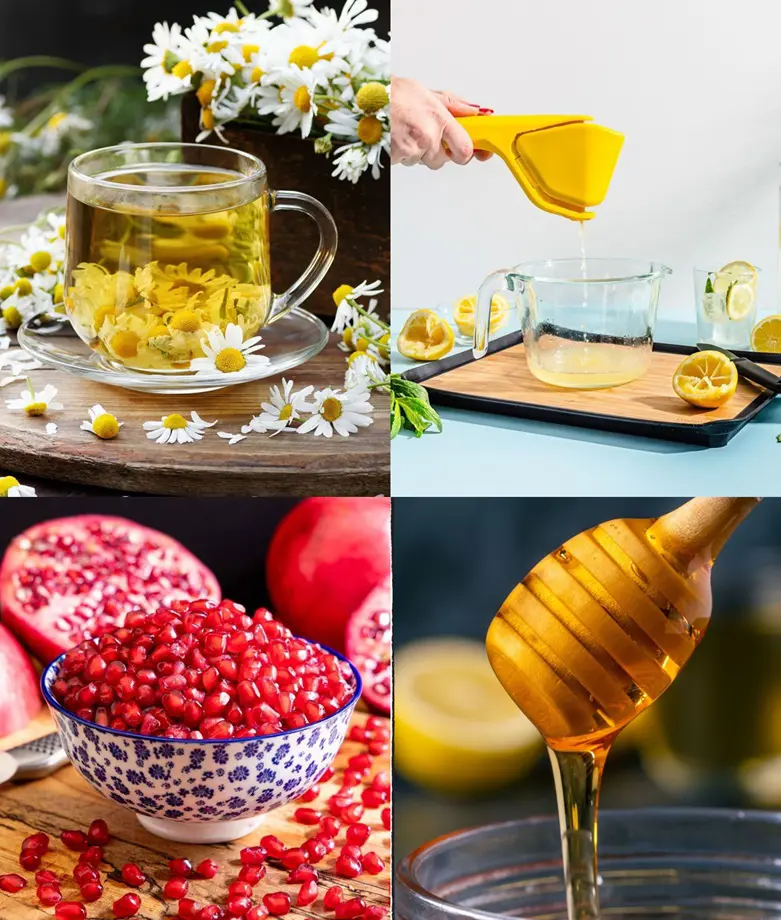How To Grow, Plant And Care Milkweed From Seed
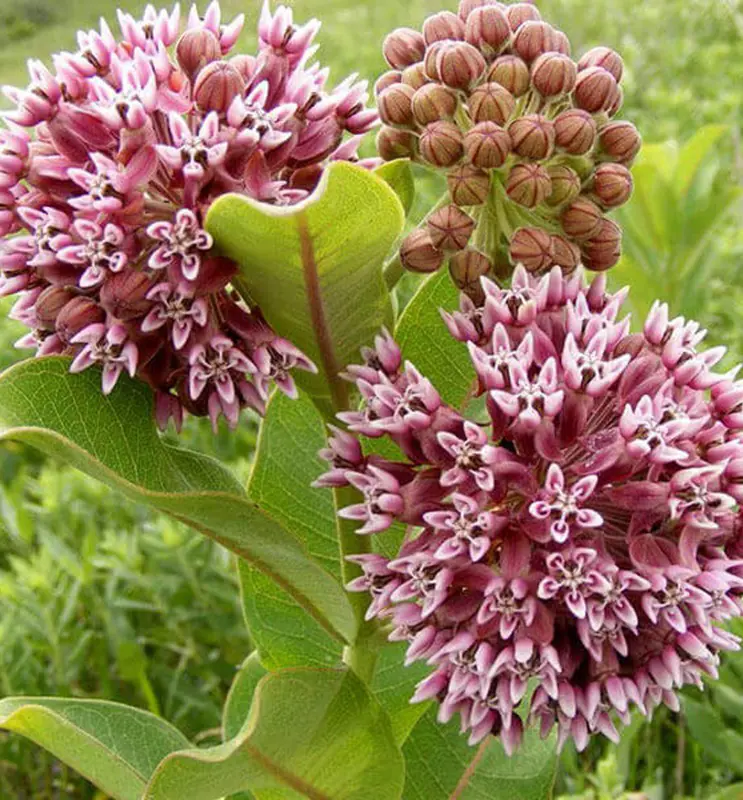
This post may contain affiliate links. If you make a purchase through links on our site, we may earn a commission.
Planting milkweed from seed is one of the most satisfactory practices. It not only adds value to your garden aesthetics but also contributes essential instinct pollinators, including monarch butterflies. Many milkweed seeds germinate best when exposed to a particular environment, such as cold stratification, which replicates winter conditions.
In this guide, we will help you select the best milkweed seeds for your garden and the basic steps in its growth that are specific to the plant. By following these techniques, you can promote healthy reproduction and help conserve these essential species in your environment.
Choosing The Best Seed
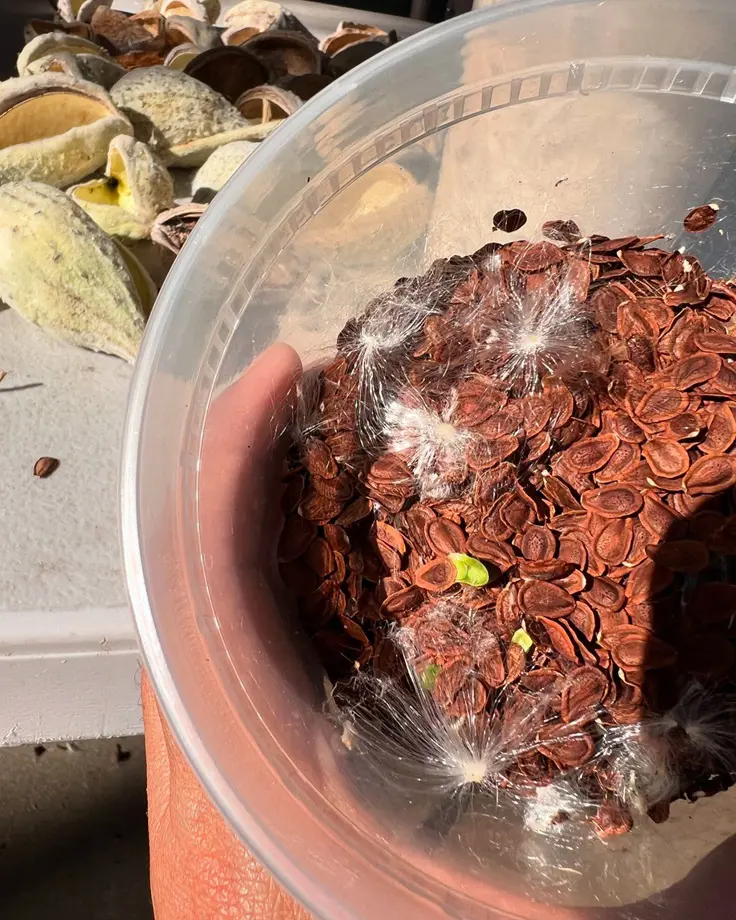
Selection of the ideal milkweed seed to ensure proper growth and support of local ecosystems is one of the most crucial aspects. Here are some key factors to consider:
Identify The Species
Recognizing which species exist in your local area can be a very helpful step when selecting the proper milkweed seed. Various species of milkweed are native to different habitats. Some of the possible choices are butterfly milkweed, swamp milkweed, and green antelope horn. Picking out a species from your region means it is likely to be suitable for your climate zone.
Seed Viability
It is important to collect the seeds when they are ripe or at least mature. The pods would be fully matured and brown and would crack when squeezed. Seeds should be brown and when cracked they should reveal a creamy white interior. It is much better to avoid purchasing seeds from rare or endangered plant varieties if possible.
Collection Timing
When it comes to collecting milkweed pods, the plants should be harvested when the pods have become brown but have not started to open. Such timing is useful in determining the viability of the seeds besides avoiding the development of molds.
Source Of Seeds
As much as you can harvest seeds from plants that grow around you, buying from a reputable supplier ensures you get the right species and the best quality seeds. Regional seeds with local characteristics are highly recommended to opt for when planting to enhance germination.
Storage Conditions
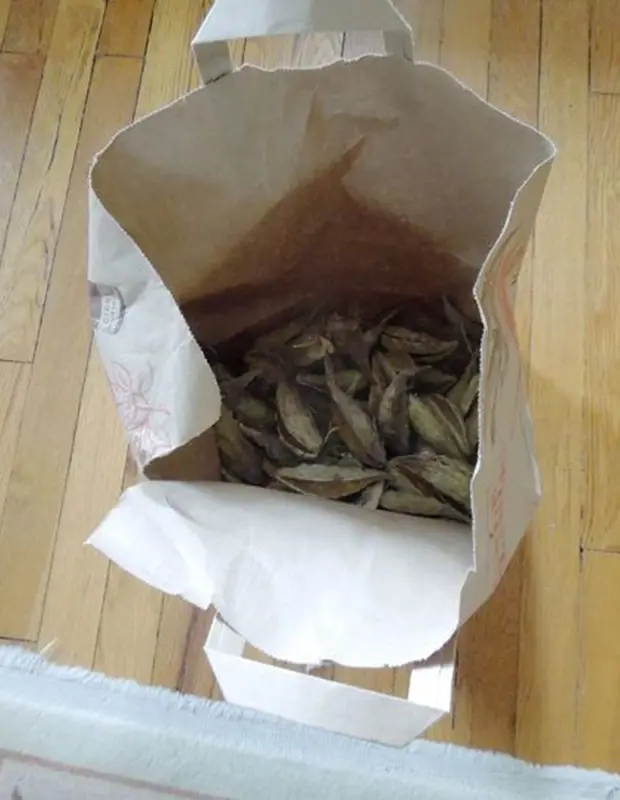
If the seeds are moist, then put them in paper bags but if the seeds are dry, then always use airtight containers. Storing them in a cooler environment such as a refrigerator can help maintain their viability.
Planting Time
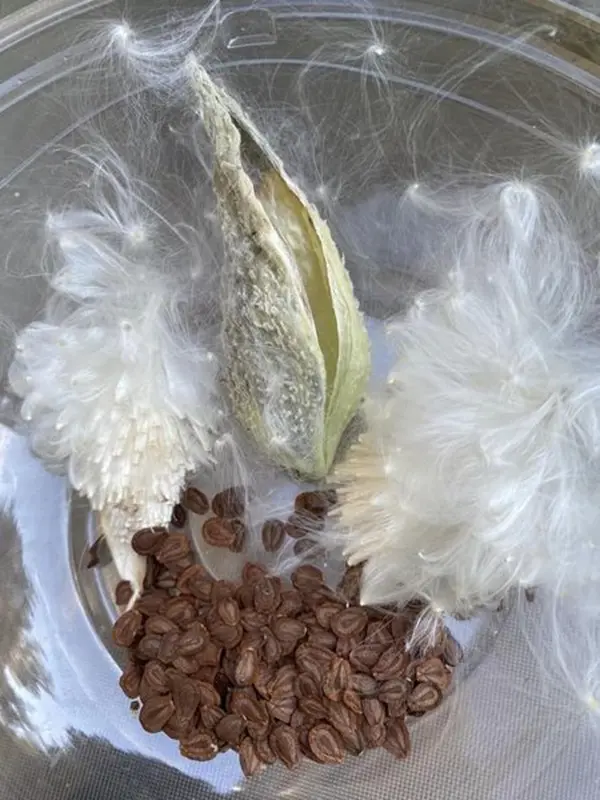
There are certain factors to consider when planting milkweed seeds, especially regarding timing and procedure because each species is unique when it comes to germination. Here is a detailed guide on the proper ways of planting milkweed seeds.
Planting in Fall
As a general rule, cultivation of most milkweed species particularly the ones that are indigenous to the colder climates, is best done in the late fall. This helps the seeds to experience natural cold stratification during winter which is crucial for their germination. Some suggest the month of November to be particularly appropriate for this type of work.
Planting in Spring
If you fail to plant milkweed seeds in the fall, seeds can be cold-stratified indoors during the winter period. Begin this process in January or February by placing the seeds in a damp paper towel or sand and storing them in the refrigerator for about 6 to 8 weeks. Following stratification, sow seeds in pots during March, around 6 to 8 weeks before the date of the last anticipated frost.
In regions where there are no frosts, you also can sow seeds immediately in spring as soon as the weather becomes warm. This is normally in either early March or April.
Considerations for Certain Kinds
Warm vs. Cold Climate Varieties: Some warm areas milkweed species can be sown directly in spring while on the other hand, milkweed species that belong to cold regions should undergo stratification.
Planting Location
When planting milkweed seeds, the location has to be well chosen to give these plants a chance to grow and support the local fauna. Here are the key considerations for where to plant milkweed seeds:
Sunlight Requirements
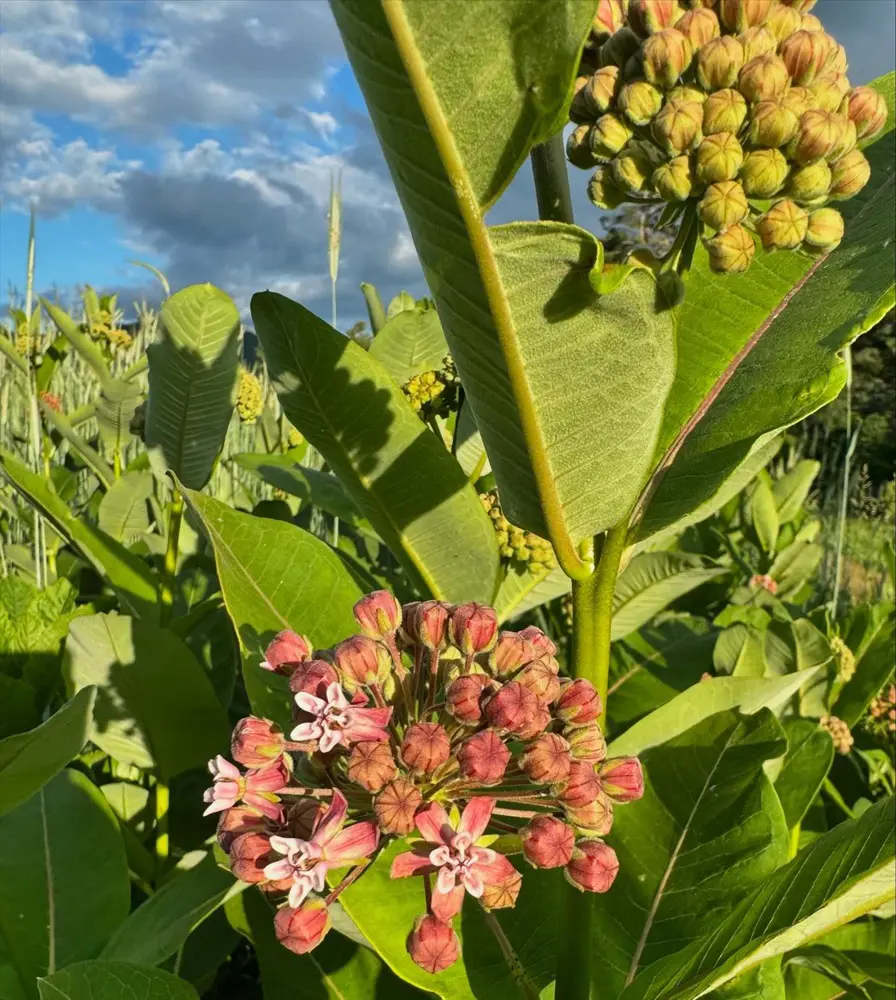
Almost all the milkweed species grow well in gardens that receive full sun, which means the plants should be exposed to sunlight for about 6 to 8 hours daily. It is best to plant the shrubs in a sunny area of your garden or landscape to allow good growth and flowering.
Soil Conditions
These plants thrive in well-drained soil and this aids in preventing rot at the roots. However, some of the species are adaptable to different types of soils such as sandy, clay, or even the raw, marshy types of soils. Before buying milkweed seeds, it is crucial to evaluate the particular requirements of the given species of this plant.
Protected Areas
Since most pollinators are not strong fliers, placing the milkweed in an area that is half-enclosed will protect the pollinators from strong winds. This can be near fences, shrubs or other structures to enable it to receive some shield from the blowing wind.
Disturbed Areas
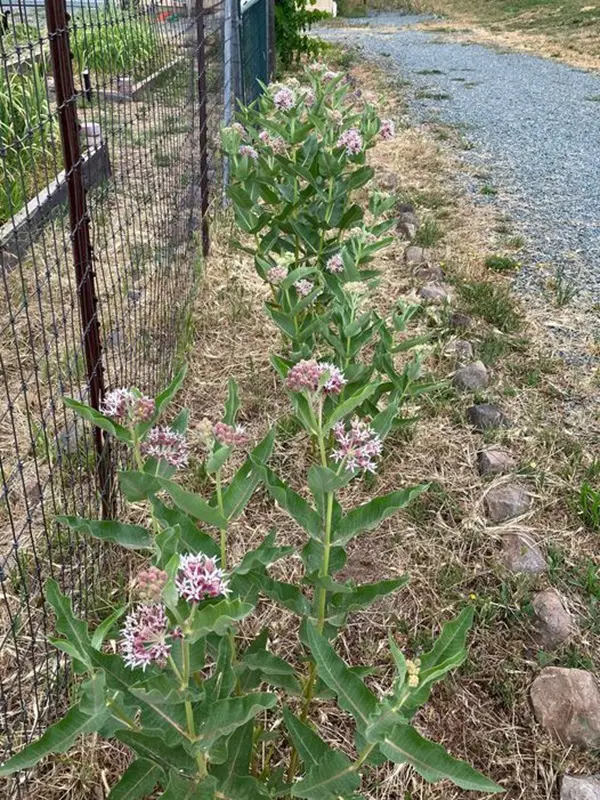
Milkweed is most effective in less-managed regions such as roadsides, pastures, and field borders. If you live near such places, then such places could be suitable for planting milkweed seeds.
Spacing and Spread
If the milkweed gets out of hand, they can become invasive and it may be necessary to use barriers or plant them in specific regions of the landscape. This needs to be done especially for species that are well known for their rapid rate of growth and spread.
Planting Guide
Growing milkweed from seed is a very rewarding experience that benefits local environments, especially the monarch butterfly. Here is detailed information on how to germinate milkweed seeds and effectively grow them on your farm.
Starting Milkweed Seeds Inside
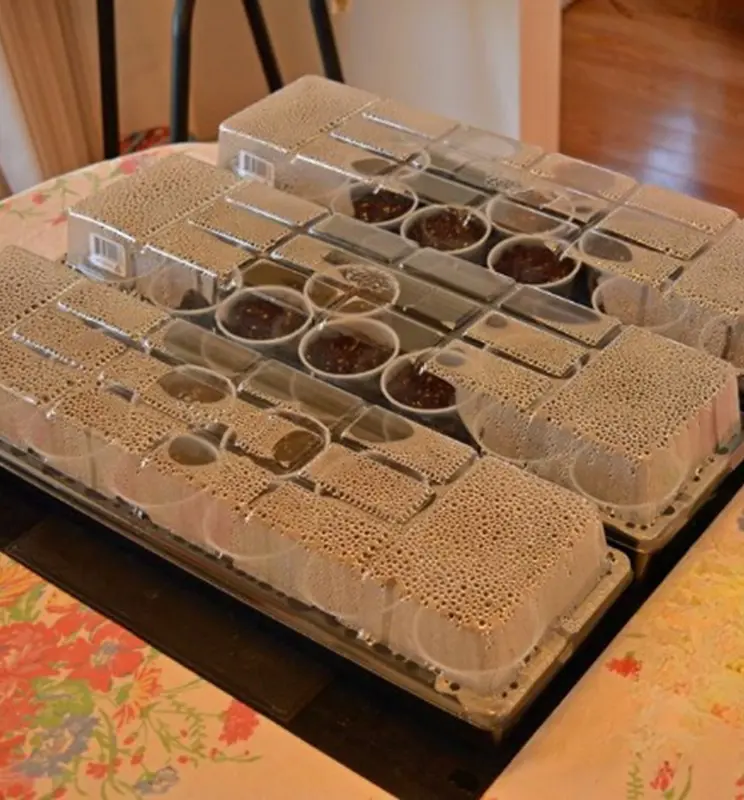
A few considerations are necessary when planting milkweed seeds indoors to get the highest germinating seeds possible. First, cold stratify the seeds by putting them in a moistened paper towel or sand and then in a refrigerator for 30-60 days to break dormancy.
Following stratification, transfer several seeds each into seed trays or pots containing high-quality seed sowing mix, water the seeds, and cover lightly with more soil.
The pots should be located under fluorescent lamps or on a sunny sill with temperatures of 21-24°C and the soil should be moist.
When the seedlings have the first pairing leaves and are approximately 3 inches tall, transplant them outdoors after a period of acclimatization known as hardening off. This will assist in developing healthy milkweed plants that are essential for pollinators such as the Monarch butterfly.
Growing Milkweed for Indoor Use
When planting the seeds indoors, place them just below the surface of the soil and use a rather deep pot since they have a long tap root. After the plants have grown to the seedling stage, make sure to fertilize them once weekly.
For fullness and more leaves, the top set of leaves should be pinched off to enhance branching. It may take at least a month for the plant to mature for the larvae to feed on it.
When it grows big enough, you can just transfer the plant, including the pot, to the cage. If the larvae have chewed the leaves, you can cut the plant just above the substrate level and new shoots will develop after 3-4 weeks.
Starting Milkweed Seeds Outside
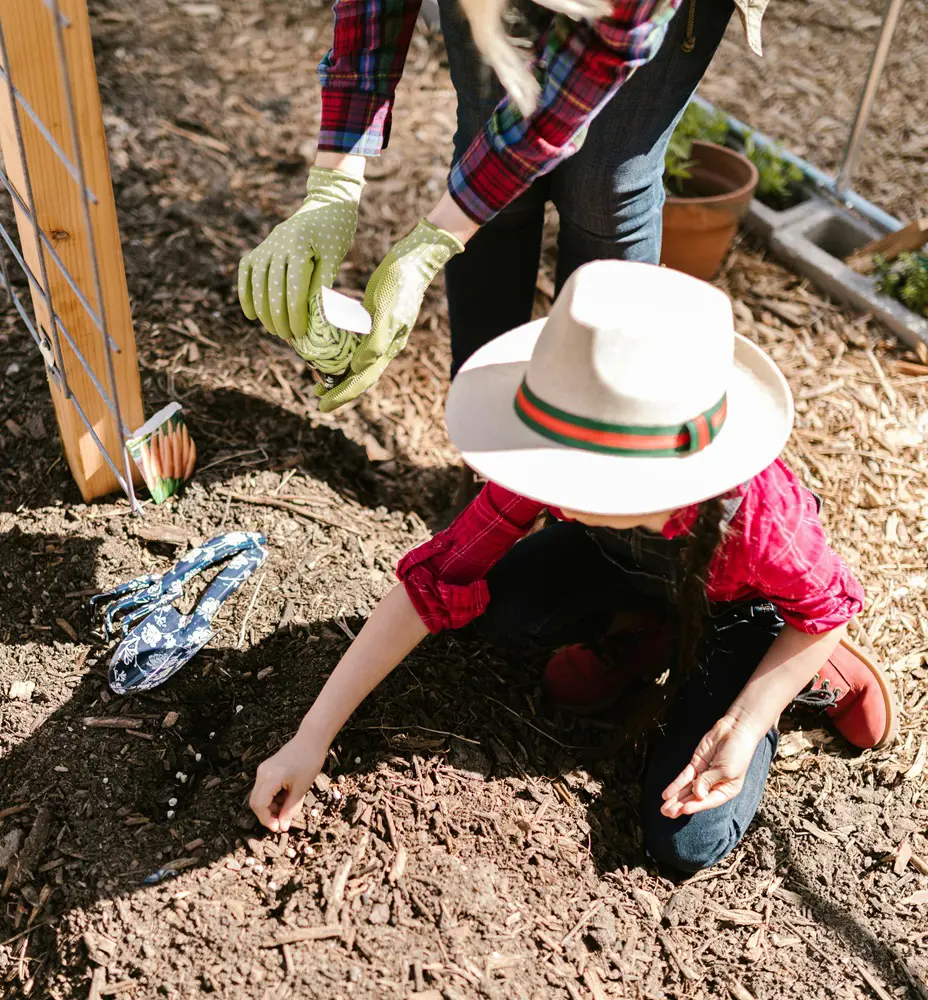
Growing milkweed seeds outside is as simple as sowing them and it also accords to the natural growth cycle of the plants. Seeds should be sown in the late fall after the first frost to allow natural cold stratification through the winter months for best germination. This method helps to achieve the right climatic conditions of cold temperatures for breaking seed dormancy and early germination in the spring.
To plant, clear the chosen location from weeds and other forms of intrusion and then level the ground, and add fertilizer if required. Sow seeds directly onto the soil and press gently into the soil; no more than 1/4 inches of soil should be placed on top of the seeds, and apply a light coat of mulch to prevent the seeds from freezing.
Water more often soon after planting to give plants the best possible start. During the springtime and when temperatures rise, the seeds will grow and develop into healthy milkweed that in turn will sustain pollinators such as the monarch butterflies.
Planting Milkweed Plugs
Firstly, choose good soil drainage and place the plant in the sun, as milkweed prefers this type of environment. When planting, dig the holes 18 to 24 inches apart and make sure that the top of each plug is 1/4 to 1/2 inches above the ground to reduce the chances of rotting.
Gently take out the biodegradable mesh around the plug without untangling the roots and put the plug into the hole and cover it up with the soil. After planting the plugs, water them well to enhance the settling of the soil on the plugs as well as the anchorage of the roots.
In the coming months, it is recommended to check for proper soil moisture requirements and the removal of any competing weeds. When treated appropriately, these will develop into healthy milkweed plants, which will support pollinators in their natural environment.
Caring Guide
Milkweed care is necessary as part of good health for the plant and the environment, especially for Monarch butterflies. Here are the details explaining how to take care of these indispensable plants as well as make them grow as wanted.
Watering
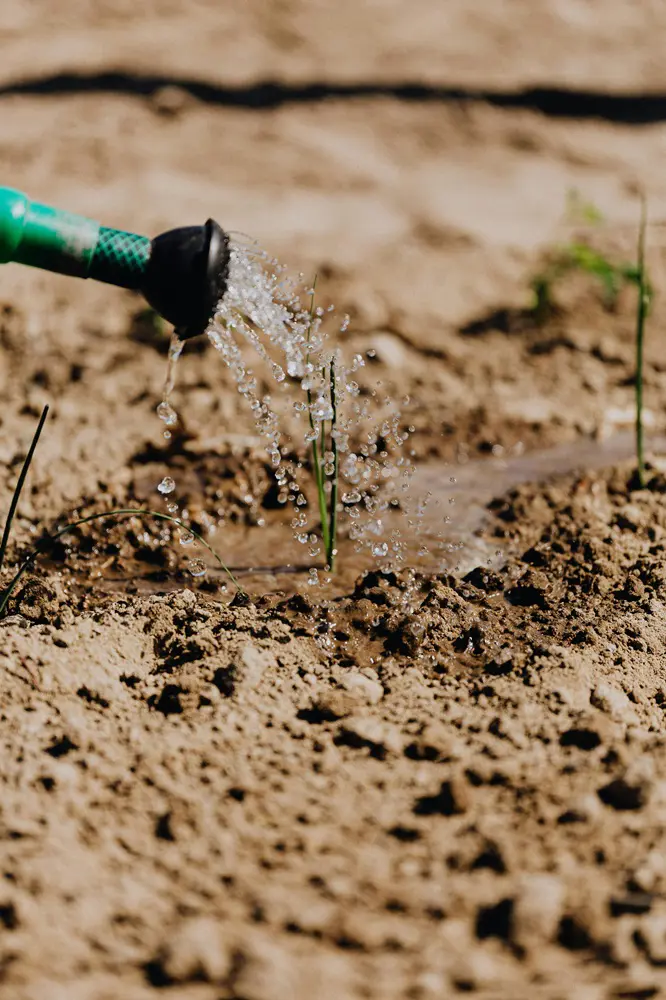
Irrigate milkweed tenderly after sowing them, especially during the first few weeks until they grow (do so a week or two later). Once established, these plants have low water requirements and will only need irrigation during hot dry periods of the year.
Fertilization
This plant normally requires little or no fertilization because it grows well in areas that have low fertility. If desired, there is a provision for the use of a balanced fertilizer in the early stages before growth commences.
Mulching
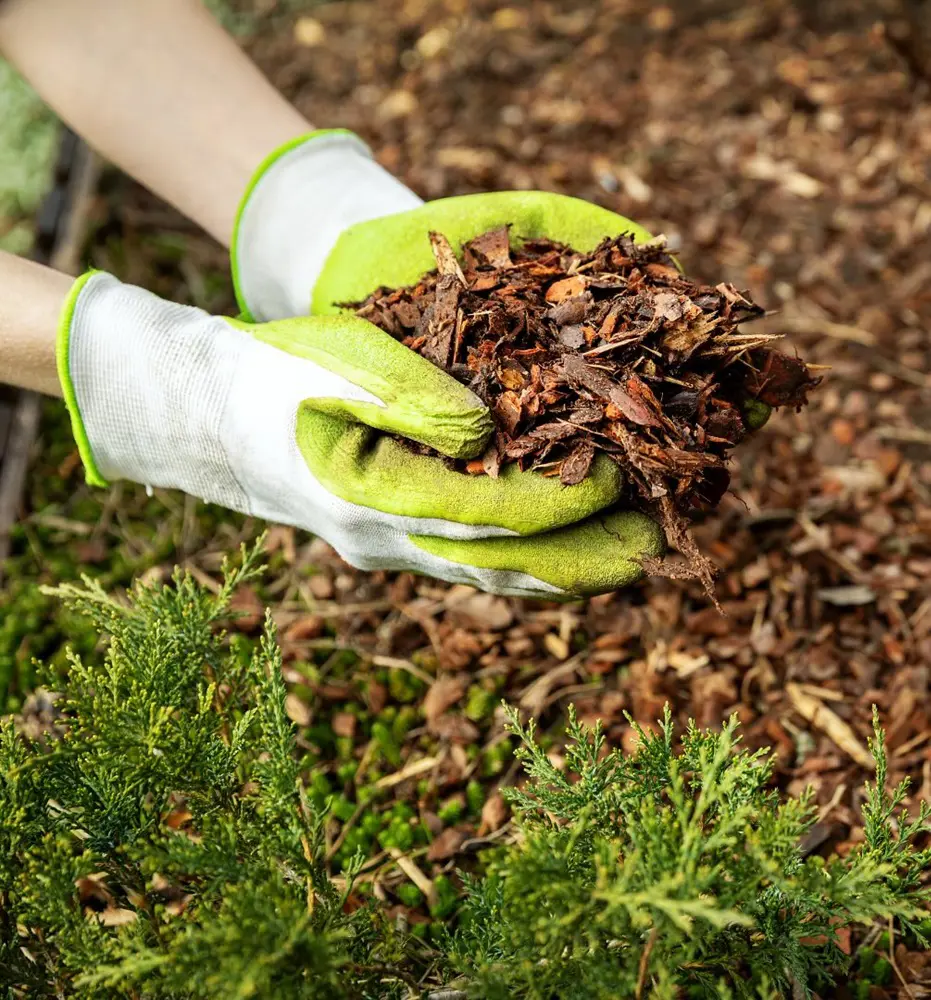
Mulching aids in the protection of seeds from physical harm and promotes germination. Organic matter applied as mulch affects the soil temperature hence playing a pivotal role in seed germination. In addition, it is very effective in moisture conservation and weed suppression.
After sowing milkweed seeds, it is best to just barely cover them with the soil. If planting directly to the ground, spread the seeds and use the rake to cover them lightly. The recommended organic mulch includes a thin layer of shredded leaves, straw, and wood chips.
Do not use thick layers of mulch as it may prevent light from penetrating through or it may bury the seeds. Spread a thin layer that ranges from 1/2 to 1 inch to improve water preservation, smother weeds, and regulate the temperature by a small amount.
Pruning
Pruning milkweed plants when they blossom and develop seeds can also prove beneficial but this must be done properly, frequency being a key factor.
Ideally, this plant should be pruned after the growing season when the flowers are no longer blooming and seed pods are ripe. This timing helps one to obtain seeds besides putting the plant to rest. For the plants that flower throughout the year, cutting back old stems can be effective in encouraging the plant to grow new stems before flowering starts.
Various pruning practices can be used for pruning milkweed seed including deadheading, cutting back, and selective pruning. Deadheading involves trimming off flowers that have wilted or have faded away to deviate the plant's energy towards producing new flowers. For selective pruning, you have to determine the branches that are dead or overgrown and prune them to allow light and air circulation into the plant.
Pest Management
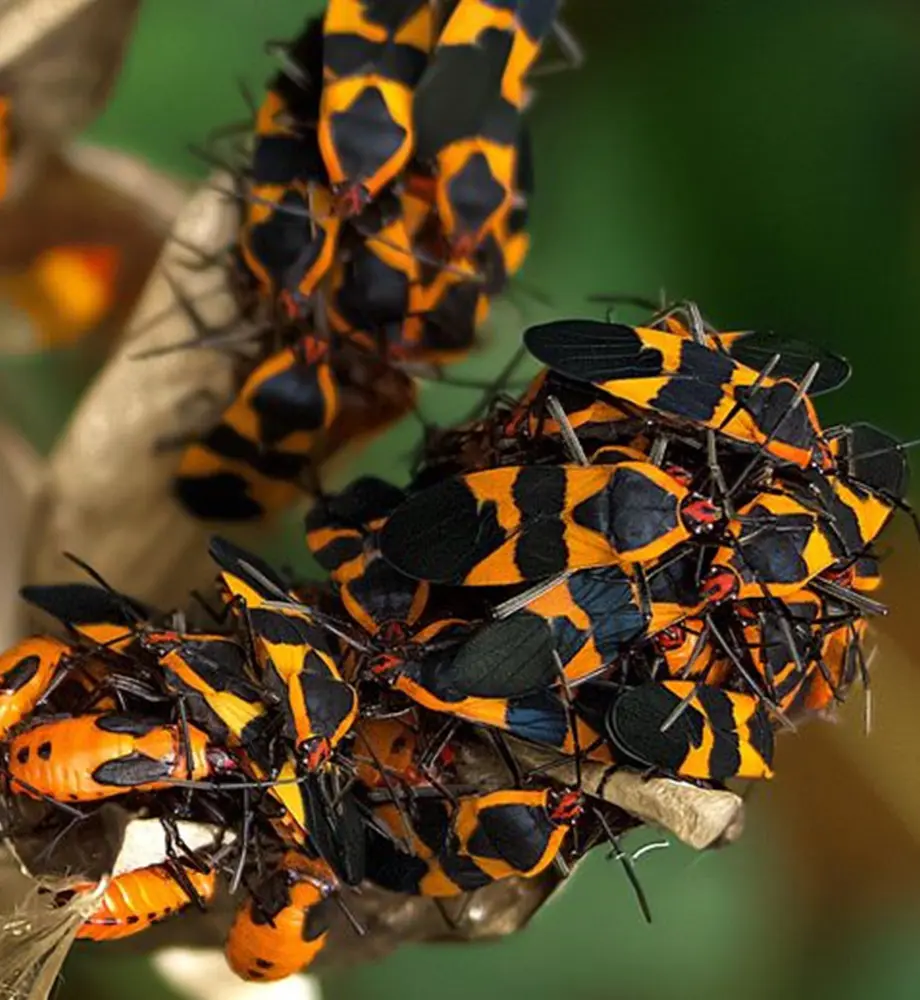
In general, milkweed is considered resilient, but sometimes it is threatened by insects, for example, aphids or milkweed bugs. Do not use pesticides because they are sometimes lethal to beneficial insects such as monarchs. Instead:
- Remove pests physically by washing them off their hiding places using water sprays.
- Watch for fungal diseases and quickly pull out infected leaves.
Different Varieties Of Milkweed

Milkweed also exists in many different varieties and each is grown under different conditions and environments.
Butterfly Milkweed (Asclepias tuberosa)
Butterfly milkweed has bright orange flowers and can grow 1-3 feet tall; it thrives in dry sandy regions. However, it lacks the milky sap that is common in the other species of milkweeds. This is an evergreen shrub, which has relatively low water requirements and it is a pollinator attractant, thus making it a perfect plant for gardens. It can be problematic to transplant and this means that one has to ensure that they choose the right location successfully.
Swamp Milkweed (Asclepias incarnata)
This milkweed preferentially grows in wetland conditions and can grow up to 3-4 feet. It has compact pink to light purple flower heads and exudes milky latex when the stem is snapped. Swamp milkweed is characterized by its nice-smelling flowers and is a type of plant that tends to attract butterflies and bees. It reproduces through rhizomes and can be utilized in rain gardens.
Tropical Milkweed (Asclepias curassavica)
This non-native species is common in warmer regions and has vivid orange and yellow ray florets which flowers all year round in the right environment. Tropical Milkweed makes a milky sap and is usually found in moist areas. It feeds butterflies but its perennity crowds out the monarch butterflies’ migratory timetable.
Green Milkweed (Asclepias viridis)
They are small plants developing to 1 to 3 feet in height and possess greenish-yellow flowers that draw several pollinators. Green Milkweed grows well in dry regions with sandy soil.
Recent posts
Gardening
Gardening
How To Grow Grass From Seed? Planting And Caring Guide
Growing grass seems like an easy task. But the ones who are already into it know how much work and patience is required for its maintenance, to transform the outdoor space into a lush, green oasis. For beginners who are starting from scratch or someo...
Gardening
18 Rose Colors And Their Meanings
Roses are not only elegant flowers but they also represent something more profound. Every color of a rose has its special meaning, making it a powerful tool when it comes to conveying messages in personal relationships and occasions. Ranging fr...
Gardening
When To Plant Vegetables – A Month By Month Calendar
Understanding when to plant vegetables is essential to successful gardening as timing alone can greatly affect the productivity and health of vegetables. A month-by-month planting calendar is useful because not every month is ideal for a specific pro...
Gardening
How To Prune Hydrangeas So That It Stays Healthy
The name hydrangea conjures clusters of flowers packed densely. Hydrangeas can grow in both old and old wood, and depending on the varieties, pruning time may differ. Pruning hydrangeas is a fundamental practice for gardeners wanting to maintain thei...
Gardening
How To Prune Roses With These 10 Steps
Pruning these thorn-filled plants might seem scary, but it's crucial for having abundant rose blooms. Cutting back old growth encourages new, vibrant growth, removes dead parts, and shapes the plant. This practice also reduces the risk of fungal dise...
Gardening
12 Effective Mosquito Repellent Plants to Keep Your Yard Bug-Free
Most of us are fond of insects, perhaps not all of them! Mosquitoes for instance are not considered even likable by many. Their buzzing sound is bothering and all of us wish them to stay away from our home and surroundings. To deter them, different f...


